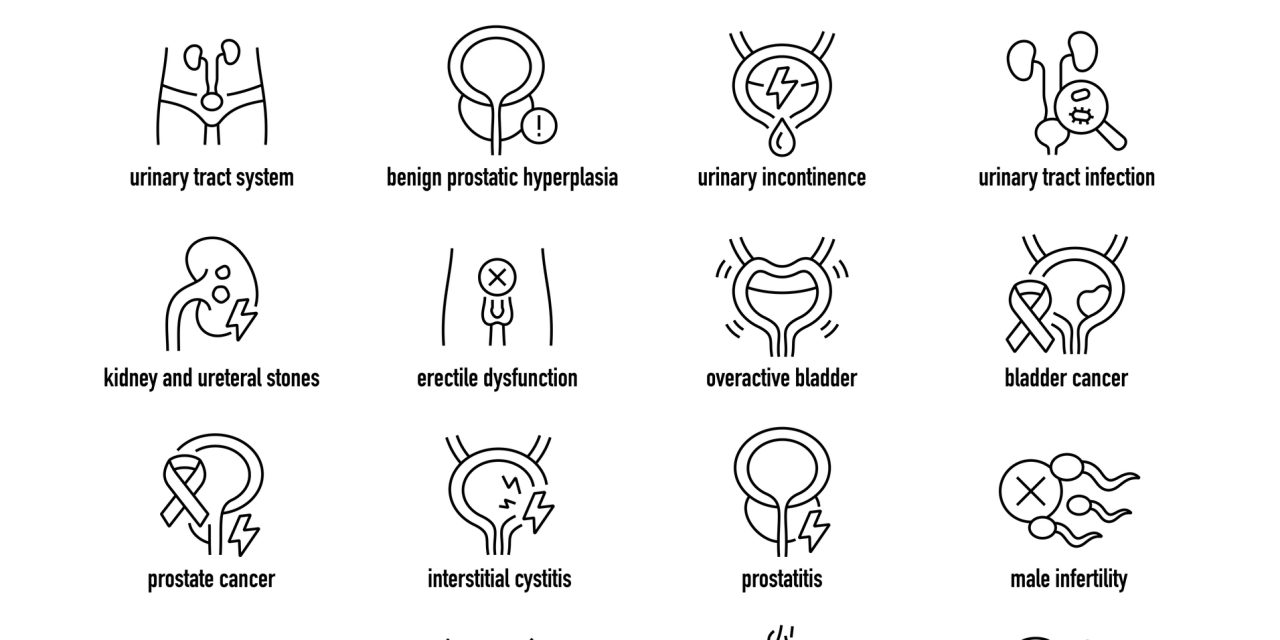The aim is To depict the papillary pathology found in uric corrosive (UA) stone formers, and to research the mineral type of tissue stores. We considered eight UA stone formers treated with percutaneous nephrolithotomy. Papillae were imaged intraoperatively utilizing computerized endoscopy, and cortical and papillary biopsies were taken. Biopsies were broke down by light microscopy, miniature CT, and microinfrared spectroscopy.
As expected, pee pH was for the most part low. UA supersaturation surpassed one on the whole however one case, viable with the stone material. By intraoperative imaging, the renal papillae showed a heterogeneous combination of plaque and stopping, going from ordinary to serious. All patients had mineral in pipes of Bellini and internal medullary gathering pipes, mostly apatite with lesser measures of urate or potentially calcium oxalate in certain examples. Papillary and cortical interstitial tissue injury was unobtrusive notwithstanding the tubule stopping. No example was found of a stone becoming joined to one or the other plaque or attachments. UA stone formers look like those with ileostomy in having rather low pee pH while framing tubule plugs that contain gems that can just shape at pH esteems over those of their mass pee.
Reference link- https://www.liebertpub.com/doi/10.1089/end.2019.0564


